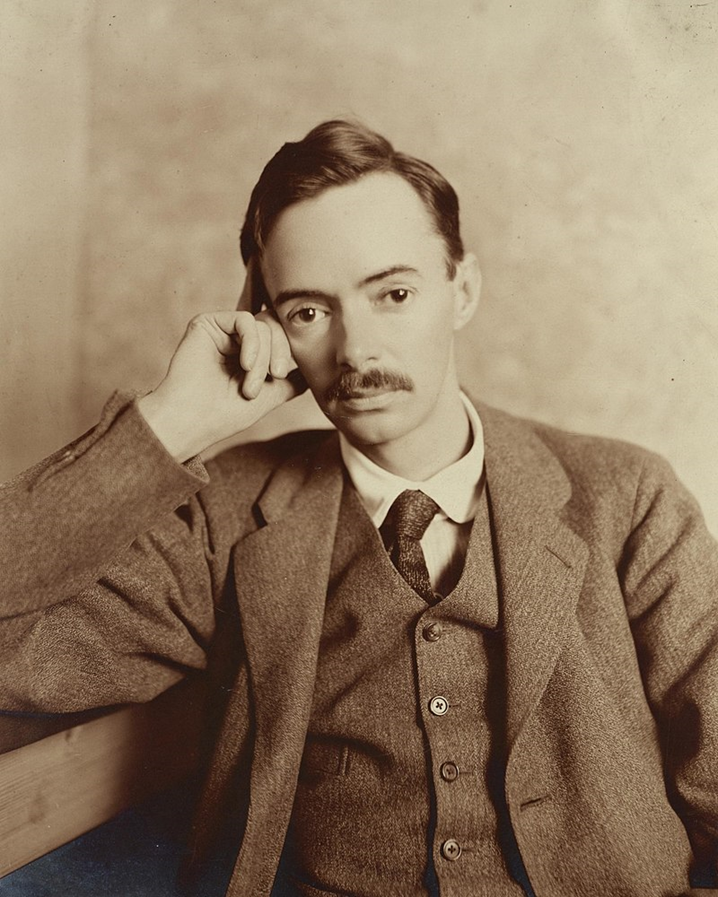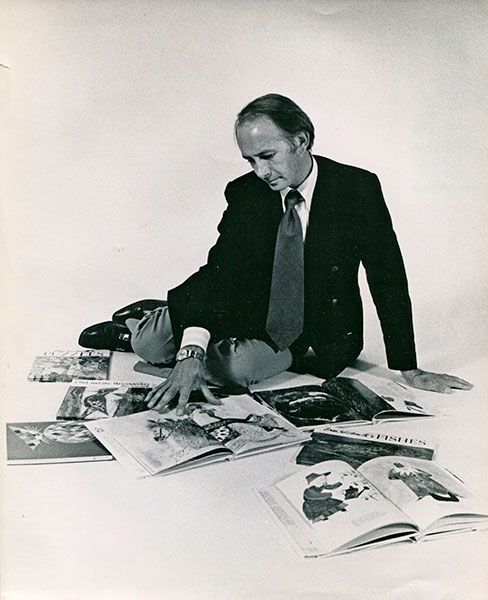by Professor Joann Fletcher, patron of Barnsley Museums & Heritage Trust
A few days ago I was standing in the September sunshine on Sackville Street in the heart of Barnsley as part of Barnsley Heritage Month. And beside me stood Barnsley’s Mayor and Mayoress, the Deputy Lieutenant of South Yorkshire, members of Barnsley Civic Trust and the Countess of Carnarvon, all there to unveil a blue plaque marking the Barnsley birthplace of Ernest Harold Jones.

Named on the plaque as ‘Egyptologist and artist’, Harold (as he was known) had been born in the house on 7th March 1877, then christened at nearby St. Mary’s church whose foundations date back to the C.8th century.

His parents, both talented artists, came from Carmarthen, but had relocated to Barnsley when his father William had been offered a lucrative position as the first headmaster of Barnsley’s new School of Art, initially located at Churchfield between St. Mary’s and their home on Sackville Street.
And after Jones Senior did such a great job here in Barnsley, his students presenting him with an illuminated address as a token of their gratitude, he then returned to Carmarthen to create a new School of Art building, in which Harold’s mother Mary Anne also taught. So too did Harold, described as ‘a dark-haired, small, pleasant young man’, who became a ‘pupil teacher’ before gaining a scholarship to study at the Royal College of Art in 1902.
But following a diagnosis of tuberculosis, Harold was advised to seek a drier climate, and since he’d already shown great skill in his sketches and paintings of antiquarian subjects he took up a position as archaeological artist in Egypt. Initially working at the site of Beni Hasan, he soon gained enough experience to oversee excavations himself, developing a real rapport with the Egyptian men and boys with whom he worked. He also took the site photographs, handled the accounts and dealt with much of the paperwork, including requests from those wanting to visit Beni Hasan as part of their Nile cruise itinerary. In rare spare time Harold also painted the site’s breath-taking views, some of his watercolours acquired by visitors including Queen Victoria’s daughter Princess Beatrice, who ‘graciously accepted’ one of Harold’s paintings as a gift back in the UK.

And having proved himself a skilled archaeologist, Harold then returned to Egypt each year, working at various sites including Amarna, birthplace of the (then) little-known Tutankhamun, where Harold’s fellow artist and colleague Howard Carter had also worked.
By the end of 1906, Harold was in Luxor, as was Lord Carnarvon and his wife Lady Almina, whose maiden name ‘Wombwell’ originated from the Wombwell family’s original Yorkshire seat right here in Barnsley (with thanks to local historian Paul Lafferty for this special nugget of Barnsley history!). And after Almina had nursed her husband Lord Carnarvon back to health after a serious accident, Egypt was the perfect place for him to recuperate, his passion for archaeology fuelled by the spectacular finds being made each year in Luxor’s Valley of the Kings by American millionaire Theodore Davis and his various archaeologists.
By 1907 these included Harold himself. Now part of Davis’ team working on a series of major discoveries including the tomb of Tutankhamen’s father Akhenaten (tomb KV.55) plus the so-called ‘Gold Tomb’ containing jewelry of female pharaoh Tawosret (tomb KV.56) and the tomb of Tutankhamen’s eventual successor Horemheb (tomb KV.57), Harold – now living in the dig house in the Valley of the Kings – had also begun to notice the name ‘Tutankhamun’ cropping up on objects being discovered. This included pieces of goldwork within tomb KV.58 which Harold himself discovered in 1909, and although now known to be a robbers’ stash, his boss Davis published this as ‘the tomb of Tutankhamen’, never mentioning Harold at all and declaring that “Tutankhamun was originally buried in this tomb and it was afterwards robbed. I fear that the Valley of the Kings is now exhausted”.
But so too was Harold. With the heat and dust so badly affecting his health, Lord and Lady Carnarvon stepped in, inviting him to stay at their family seat Highclere Castle (aka Downton Abbey!). He also recuperated at their Derbyshire home Bretby Hall, where Lady Almina took such great care of him he felt strong enough to return to Egypt towards the end of 1910.
Working mainly in the valley’s dig house where he celebrated his 34th birthday on 7th March, Harold died there only two days later. With his death registered the following day and his boss Davis back in the US, Harold’s funeral was arranged by Lord Carnarvon, and he was buried in Luxor’s Christian cemetery. And when Davis gave up his long-held permit to dig in the Valley of the Kings, this passed to Lord Carnarvon and his archaeologist Howard Carter, who was able to build on clues Harold had recognised to finally discover the real tomb of Tutankhamun in 1922.
An official statement from the Egyptological community did acknowledge ‘the death of Mr. Harold Jones, much beloved by us all and whose paintings and archaeological work were of such value to Egyptology’. But then he all but vanishes from the history books, his memory only kept alive in his family’s hometown Carmarthen which still rightly holds him in huge esteem.

But since the ancient Egyptians believed that speaking the name of the dead can make them live again, we’ve also been doing this in Barnsley for almost 20 years in our talks, publications, films and in the exhibitions created with Barnsley Museums and Archives. Including ‘From Sackville Street to the Valley of the Kings: the Art of Harold Jones’ which featured objects kindly loaned by Carmarthenshire Museum, our most recent ‘Tut’22: the Life of Tutankhamun’ was seen by more than 57,000 visitors in its 5 month run, culminating in this blue plaque memorial marking Harold’s Barnsley birth place. And unveiled in the company of the current Lady Carnarvon whose family were such supporters of Harold in life, it honours the man whose quiet efforts laid the foundations for what is surely the greatest archaeological discovery of all time.
(text copyright J. Fletcher)
For more see:
Barnsley: Blue plaque unveiled at birthplace of Egyptologist – BBC News
Tutankhamun: Life Not Death – What’s New – History Hit
7 Intriguing Truths About The Pharaoh Tutankhamun And His Treasures | HistoryExtra
Tut’22: 3,500 years in the making (immortalegypt.co.uk)
Lady Carnarvon’s Official Podcast – Highclere to Tutankhamun: Joann Fletcher (google.com)
Have you read our recent blogs?




